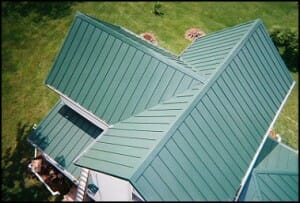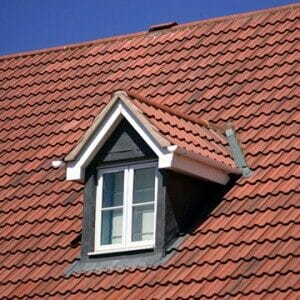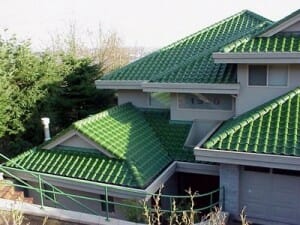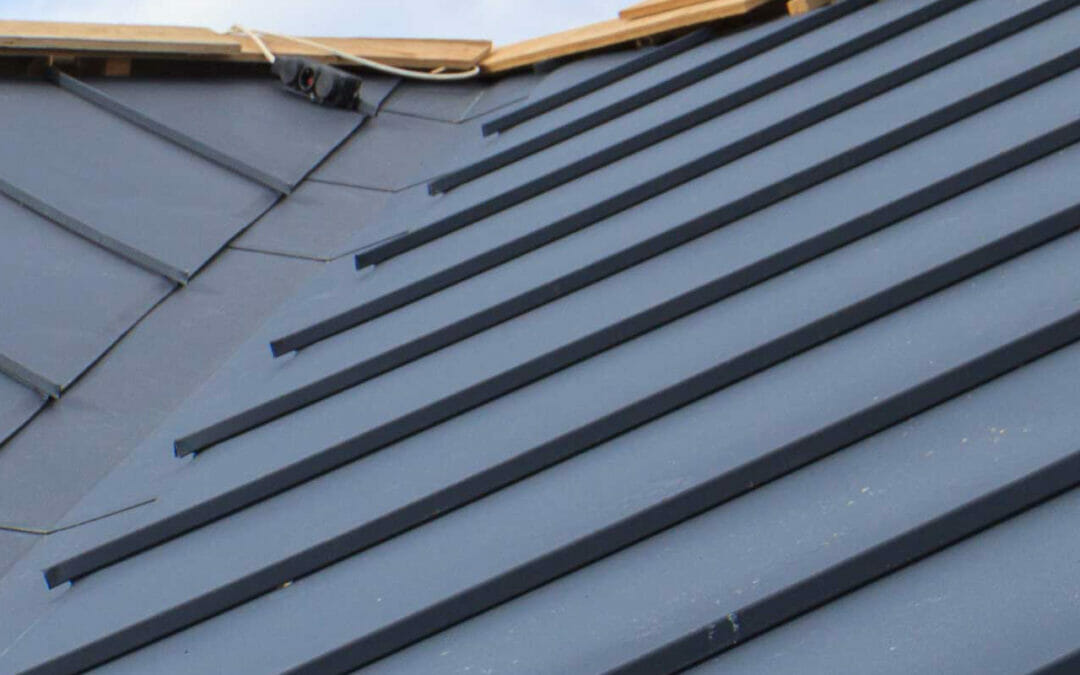How long do roofs last?
When buying a house, one of the factors that you must consider is the durability of its roofing system. No matter how beautiful the architectural design is, if the roofing construction is not built for extreme weather conditions, you will surely experience problems in the near future. Be wary if the previous owner seems to be in a hurry to sell the house and is more than willing to give it at a bargain price. There might be some hidden defects that he purposely did not inform you about. Sometimes the shingles, metal panels, tiles or flat roof could meet the stated life expectancy if only they were installed correctly. On the other hand the Architect that designed the property may have some fatal flaws that actually are causing a roof to age prematurely. I’ll share on this in a moment.
How long do roofs last? This is probably the question that is playing in your mind right now. If the house that you are going to purchase was built 10 years ago, when is the right time to replace the old roofs? The answer mainly depends on what kind of material was used for the roofing system. Various materials have different lifespan.

When the American Society of Home Inspectors was asked “how long do roofs last?” their answer is not universal. They said the answer depends on the following factors:
- Type of materials – as mentioned above, the kind of material used of building up the roofing system is crucial. The best experienced roofing companies in Denver agree that slate is the most durable of all roof types. It can last from 30 to 100 years. Metal and wood can last of up to 40 years, while asphalt and clay can last up to 20 years.
- Proper maintenance – if the owner is vigilant and is taking care of his house by hiring professional roofers for annual inspection, the roofing system tends to last longer. Minor faults are given immediate attention hence prevented to worse up.
- Weather and natural elements – sometimes even if the roofs are firmly attached to the walls or properly nailed to the frame, there’s still a possibility for them to collapse or be destroyed by natural calamities. So, how long do roofs last? The kind of climate in the area where your house is located is an important factor. If hurricanes and blizzards are a frequent visitor in your place, don’t expect your roofs to withstand such weather conditions for a very long time unless your are doing everything you can to maintain the good status of your roofs.
As you can see, there are many aspects to look at if you want to determine the number of years your roofing system is going last. That is why if the house that you are considering to buy is not brand new, meaning another person previously owned it, you may want to hire a certified roofing company in Denver that can inspect the roofs for you. They have the necessary expertise to know whether a roof only needs a repair or if it already needs a total replacement.

Fatal Flaws from the Builder or Architect
Contemporary improvements in the building industry are a result of years of a fatal failure in an overlooked area of building construction in many geographical areas throughout Colorado and many other states. A relatively new construction topic that builders and architects are focusing on and rightly so is the important of attic ventilation. Even as recent as 1980 track homes were being built with inadequate ventilation. In certain areas even no roof vents or soffit ventilation was being installed by the builder or planned by the architect. This is a fatal flaw for many roof systems and possibly a health hazard for the inhabitants. In 1970 throughout the entire United States there were only a handful of mold claims. In 1980 we had an explosion of mold claims throughout our nation. One of the reasons this occurred is that many roof systems and attics were not ventilated properly. Most of this homes that experienced mold growth were probably recent construction. As a result of the explosion of mold claims the building and insurance industry took a close look at this growing problem. One of the main culprits for mold that was found in attics was the lack of soffit vents and roof vents. In addition to mold damage to the property many people were getting sick because of mold. Today builders and architects understand their legal responsibility when designing a home. Many of the architects and builders design their building to vent properly.
The good news is if a roof system is properly ventilated according to building codes and the manufacturers installation requirements than a asphalt roof system has the greatest change of reaching it’s projected life span. Today asphalt shingle packages list life expectancies of 30 years, 40 years, 50 years and lifetime. Now I really don’t think many shingles will achiever 50 years, but it may be possible. Certainly if an asphalt shingles has a fiberglass mat than it has a possibility of achieving 50 years. Historically shingles were manufactured with an organic or paper based mat. The organic shingle failed in most environments and is no longer manufactured in the United States. The asphalt shingles made with a fiberglass mat is saturated with bitumen and overlaid with granules. The process is more complicated than this but this is a simple explanation of the anatomy of an asphalt shingle. The impact of an attic that has inadequate ventilation to an asphalt shingle may be little or substantial. If a shingle is negatively impacted from improper ventilation than we may see a significant increase of blistering in the asphalt. One of the reasons blisters occur is when volatile gases that are trapped in the asphalt vaporize when heated. Another way of seeing this is when the roof is overheated in the summer because the attic space is not venting out the trapped heat. This will occur when a building doesn’t have soffit vents and roof vents. You should a balanced number of intake vents with soffit vents.
Another issue is when a builder or an architect designs the roof to where it pitches water into the wall with little possibility of being able to install proper flashing to divert the water from the interior of the structure. This is rare, but I’ve seen this. Barring builder issues, weather issues and if the building is in the perfect climate for the roofing product than the following rough guideline may help. A roofing company in Denver may be able to help.
Roof System Age Expectancy (rough expectations)
- Slate roof system – 75-100 years with the environment not being a major concern. The only concern is hail.
- Wood shake roofs – 50 years of life can be achieved in the Northwest states. Be wary of the fire hazard.
- Metal roof panels – 30 + years can be achieved if you don’t care about the fading paint.
- Asphalt shingles – 20 – 50 years may be possible with great attic ventilation and no hail.
- Tile roofs – 50 years can be achieved with some roofs that are actually older.


